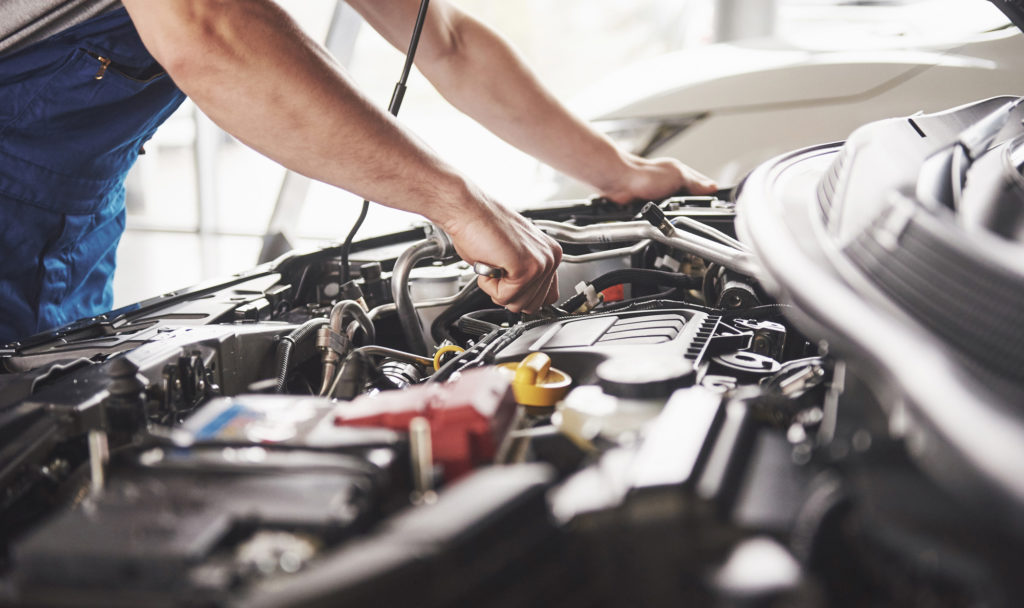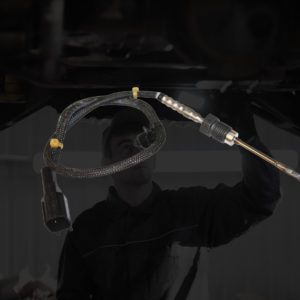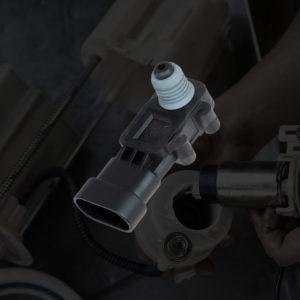The exhaust gas temperature (EGT) sensors help the diesel particulate filter (DPF) in its regeneration process. The sensors monitor the temperature that passes through the exhaust system and send feedback to the powertrain control module. If a problem with the EGT sensor is detected, a P2080 code will be logged by on-board diagnostics.
What Does the P2080 Code Mean?
Diagnostic trouble code (DTC) P2080 stands for “Exhaust Gas Temperature Sensor Circuit Range/Performance Bank 1 Sensor 1.”
Most diesel engines have two or more EGT sensors. The first sensor sits between the diesel oxidation catalyst (DOC) and DPF, measuring the exhaust gas temperature that passes through the DPF. The second sensor measures the exhaust gas stream temperature as soon as it exits the DPF.

Ideal exhaust gas temperatures must be observed to start the regeneration process, which is when accumulated soot in the DPF is burned off by increasing the temperature.
If the temperature in the DPF is too high, the filter might melt or crack. Meanwhile, low temperatures will result in an incomplete soot-burning process.
These activities are monitored by the PCM, which is necessary for the computer to calibrate and control the DPF regeneration process.
Note: The definition of code P2080 might be different depending on the vehicle manufacturer. Consult the appropriate repair manual or repair database for the exact code definition.
What are the Common Causes of the P2080 Code?
- Faulty EGT sensor
- Wiring issues
- PCM failure
What are the Common Symptoms of the P2080 Code?
- Illuminated check engine light
- Decreased engine performance

How to Diagnose the P2080 Code
DTC P2080 is a generic powertrain code that can be logged in vehicles with an OBD-II system. While this might be the case, steps for diagnosis and repair can vary, depending on vehicle specifications. If you’re not familiar with the process of diagnosing trouble codes, it’s best to have a trained professional do it for you.
How to Fix the P2080 Code
Attempting to fix a P2080 code can be confusing and frustrating without the right tools and technical know-how. It can even result in more problems and added expenses. If you’re not well-versed in automotive repair, you can always bring your vehicle to the nearest repair shop and have a certified mechanic perform the necessary repairs.
But if you’ve had your fair share of resolving trouble codes on your own, then you probably know that there’s no such thing as an umbrella fix that works for all makes and models. So before you begin, make sure you have the right repair information. You might want to check out guides like those from Chilton or an ALLDATA subscription to get vehicle-specific manuals.
Any information provided on this Website is for informational purposes only and is not intended to replace consultation with a professional mechanic. The accuracy and timeliness of the information may change from the time of publication.


















